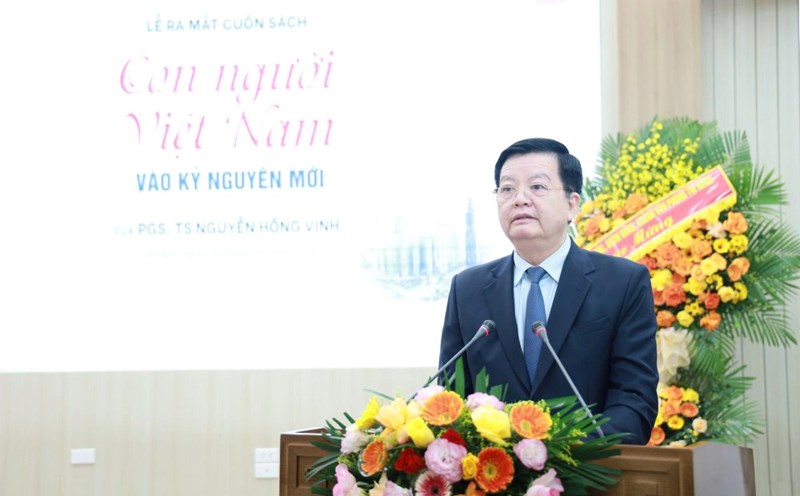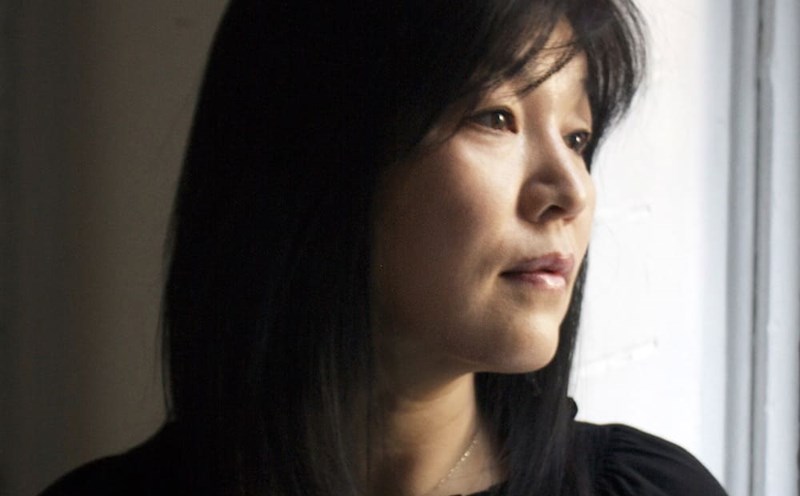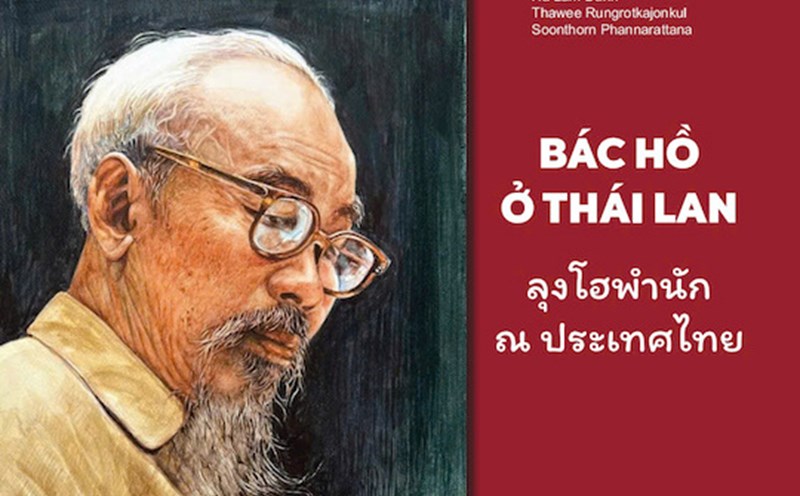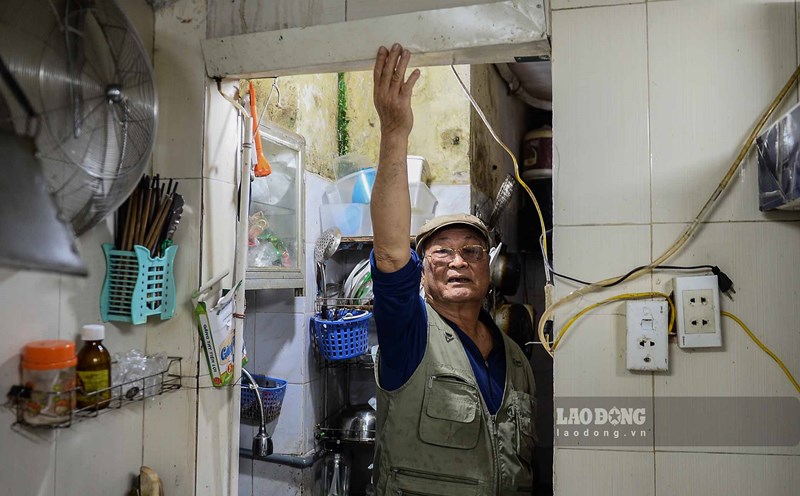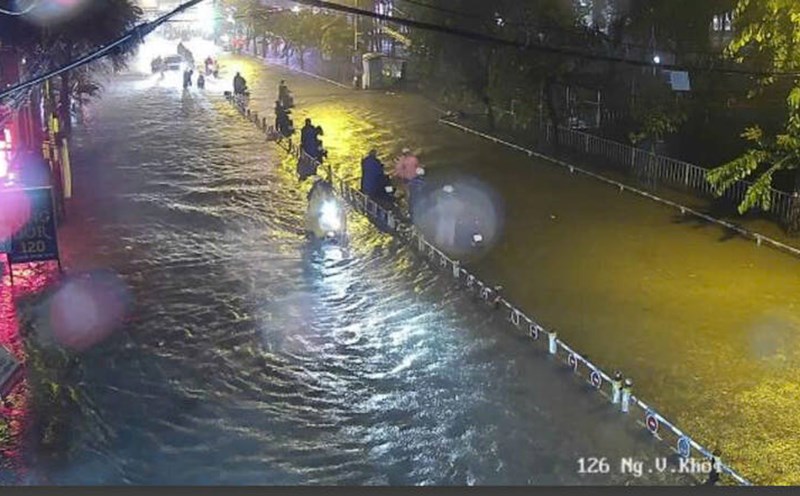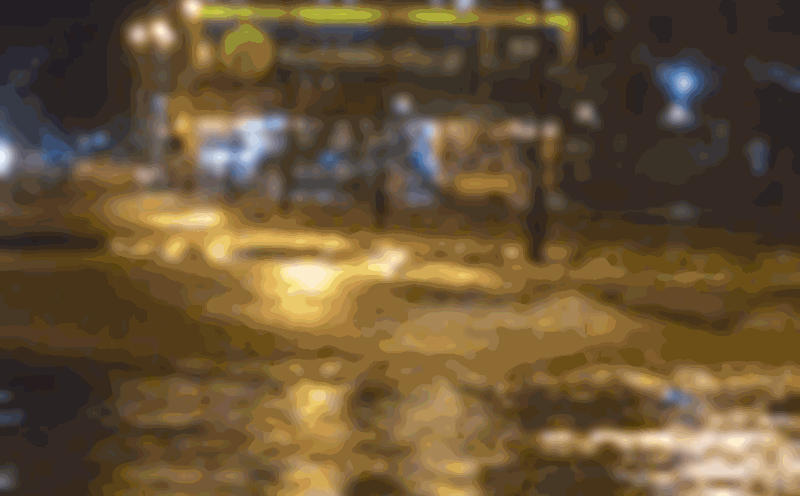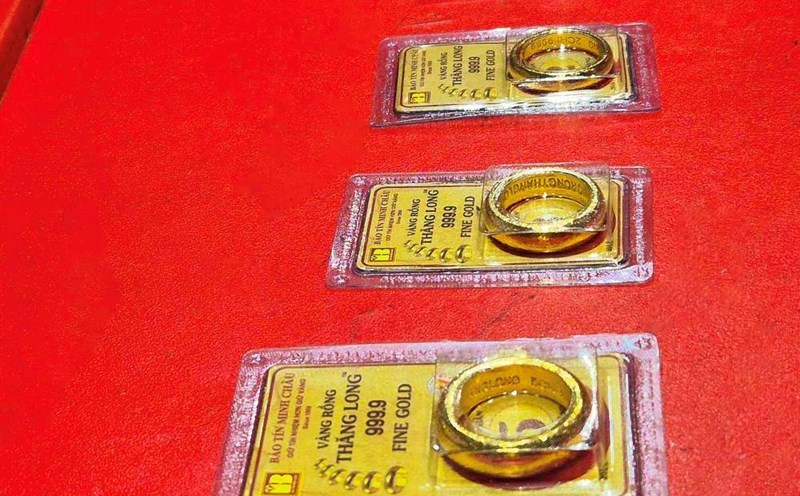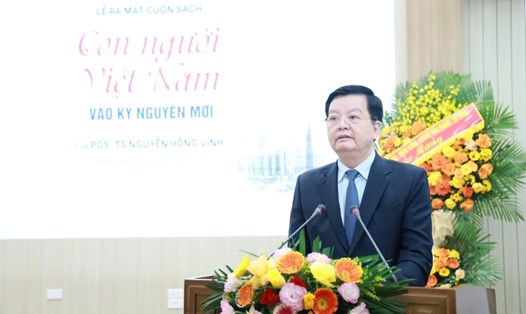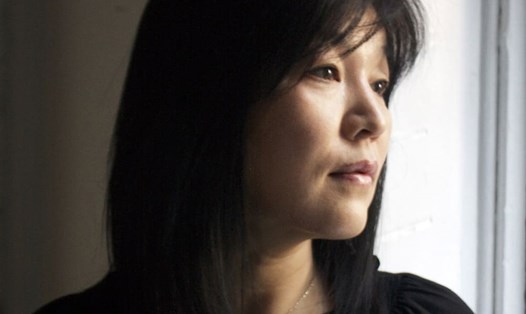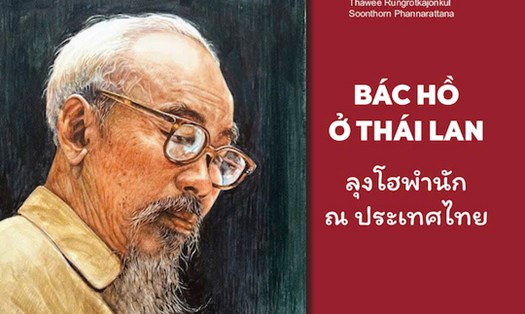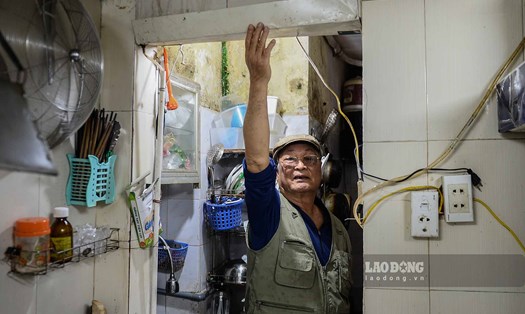The book affirms that the collective housing area is not only a place to live but also accumulates life values, creates its own beauty and is a place that "tolerates so many people" with the unique adaptation and transformation ability of Vietnamese people.
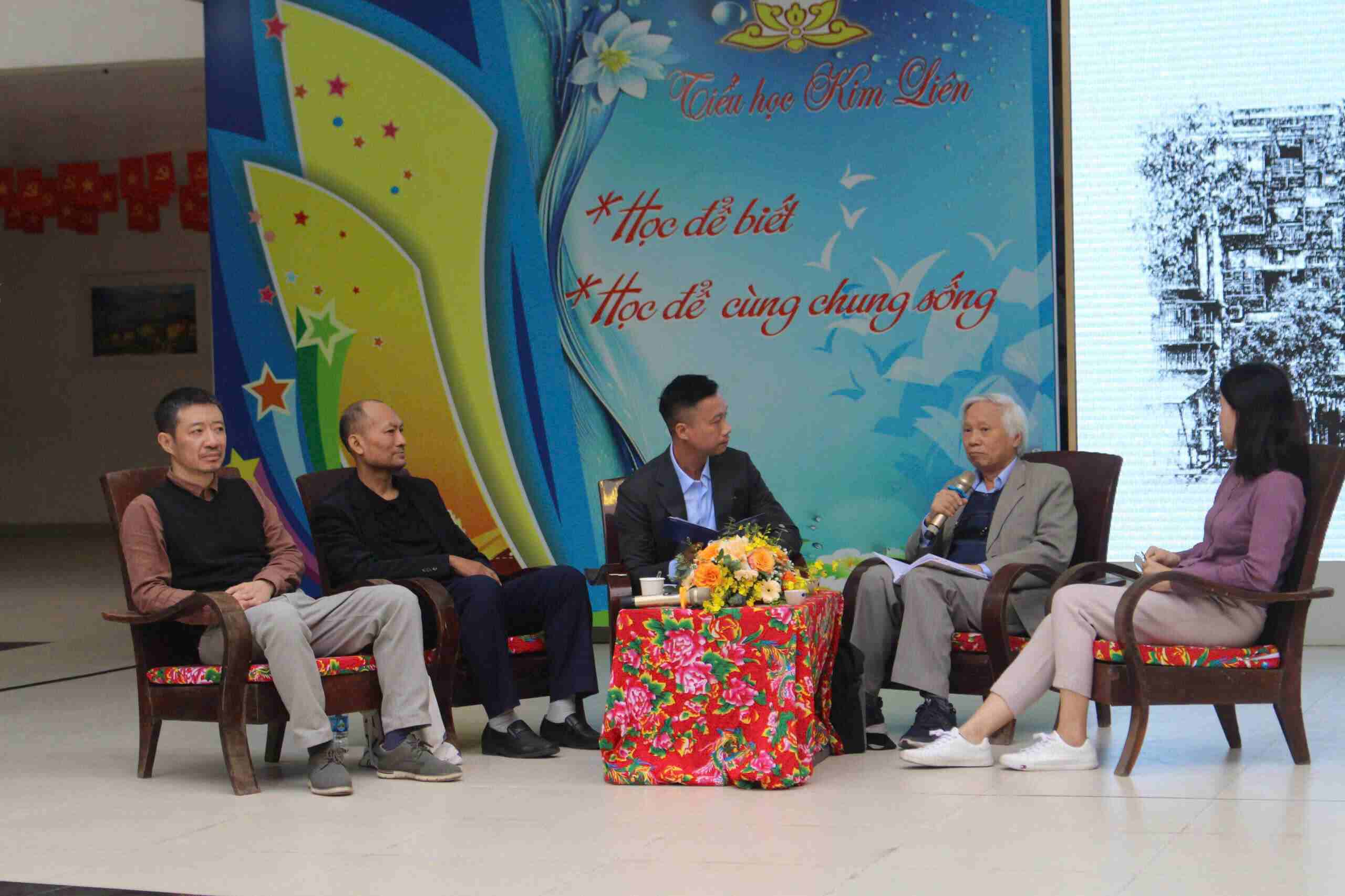
On October 26, at the book launch and seminar event "Collision area - Finding dream of paradise", Associate Professor, Dr. Nguyen Van Huy - former Director of the Vietnam Museum of Ethnology - said that the terms most used in the book such as "tiger cage", "expanded", "new urban area" ... are very unique.
One of the terms that is of interest is "public space" which expresses the identity of a collective housing area, a place that contains the memories and experiences of the people living there.
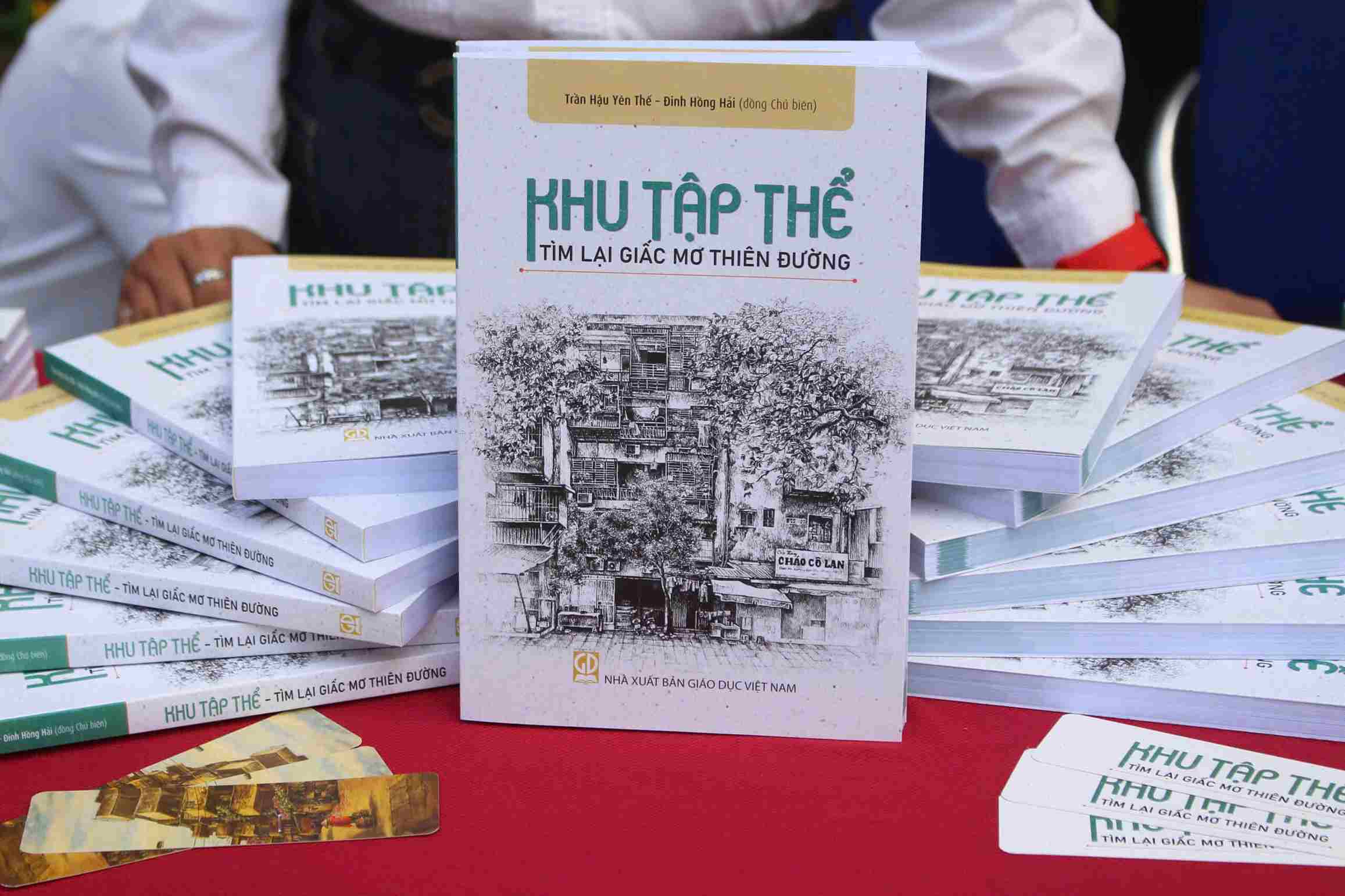
To this day, public spaces are widely shared, from public spaces to private spaces. This is an issue that needs to be considered for the present and the future and how to handle these issues to make the apartment building more sustainable in society.
According to Dr. Tran Hau Yen The, life is reflected as the most attractive thing in urban areas, not architecture. Architecture and living space in general are places where life is honored. The collective housing area both reflects urban life and helps the city become more humane because the living space has the participation of the people.
Also at the seminar, the authors shared about other aspects surrounding the book such as nostalgia for the value of the collective housing area; experiences of the collective housing area in the author's families show what about memories and continuity between generations; whether Vietnamese people are truly suitable for the lifestyle of the collective housing area, or the collective housing area itself that has changed the way of life;...
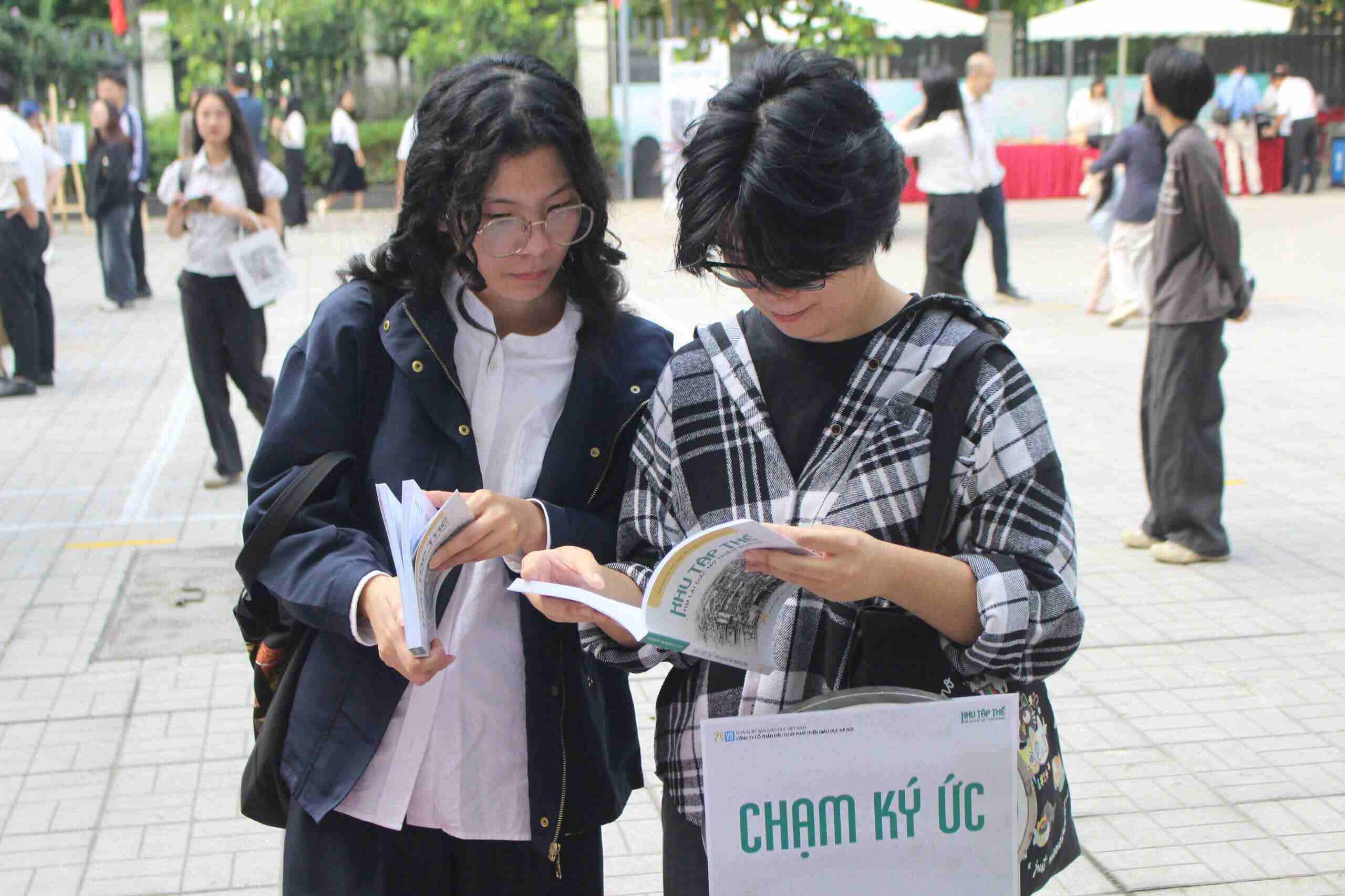
Through three main parts: H historical Heritage, Humanitarian Urban City and Paradise Dream, the book not only recreates the journey from dream houses in the post-war period, with elements such as may, tiger cages or SIDA, but also analyzes the value of humanity, community and creativity in urban living space.
In particular, the book is a valuable documentary repository when collecting and selecting many paintings, documentary photos and vivid practical stories about life in famous collective housing areas in Hanoi such as: Kim Lien, Van Chuong, Khuong Thuong, Thanh Cong...

